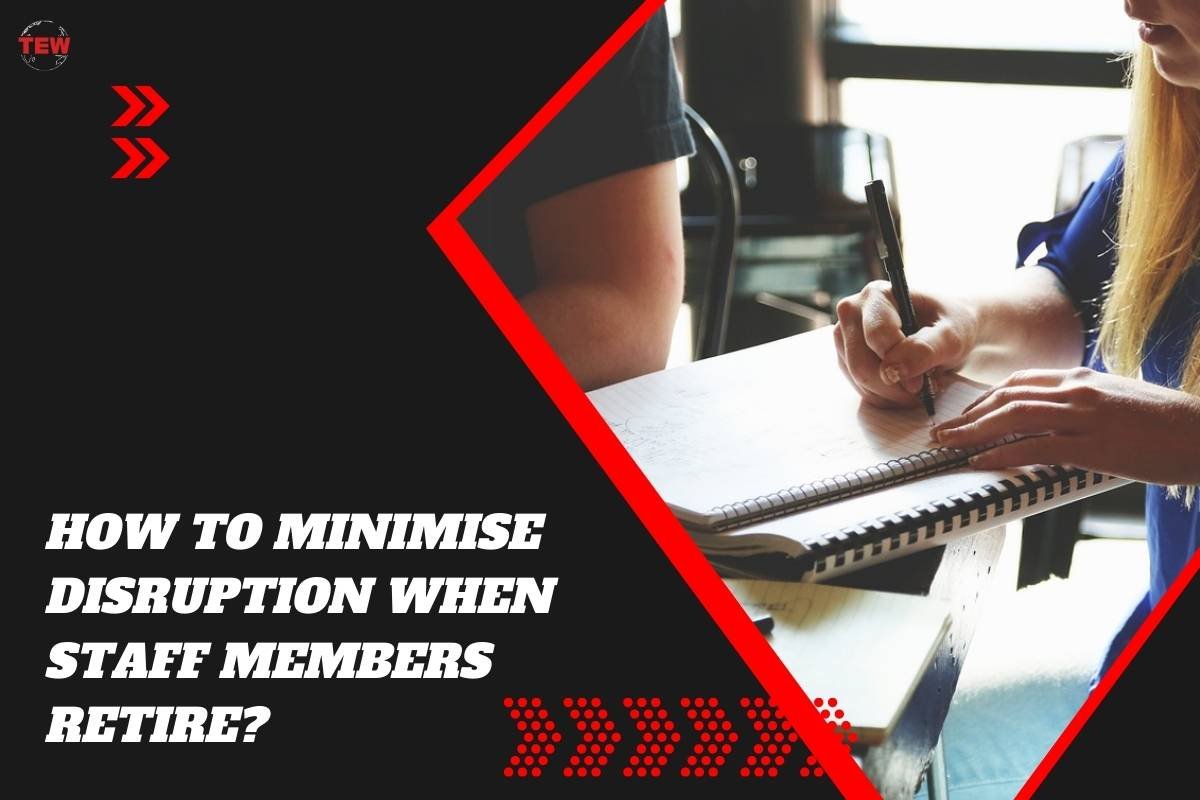(Source-pixabay.com)
When long-serving staff members retire, it can cause major disruption to a business as their extensive knowledge and experience walks out the door with them. Replacing retirees with new hires takes time and doesn’t guarantee a smooth transition of duties. To minimise the impact of retiring employees, companies need to take proactive steps to capture and transfer knowledge before it’s lost. This article provides tips on how to prepare for retirements and ensure continuity through the transition.
Document Work Instructions
One of the most critical things a business can do is make sure retiring employees’ expertise is documented. Many employees who have done their jobs for decades have a wealth of tribal knowledge in their heads that hasn’t been written down. That’s why it’s essential to have departing staff members formally record their work instructions before their last day. This should outline in detail how they complete their regular duties and responsibilities.
You can use an online work instruction template that can be customised for documenting procedures specific to different roles. The instructions should get very granular and specify things like computer settings, resources and contacts used, tips and tricks picked up over the years, and answers to common questions. This way, nothing falls through the cracks when someone new takes over the role.
Have Overlapping Transitions

Another effective practice is to have new hires shadow retiring employees before they leave. If possible, bring on a replacement at least 1-2 months in advance of the retirement date. This gives the outgoing worker time to show their successor the ropes. The newcomer can observe how the veteran does their work, ask them questions, and take notes on the processes. It also allows them to develop an understanding of the role beyond just reading a written job description.
Overlapping transitions like this enable direct transfer of historical and practical knowledge that can’t be conveyed through documents alone. It also gives the new employee a chance to build relationships with colleagues and clients before taking over fully. This helps minimise disruption to both internal and external stakeholders.
Conduct “Exit Interviews”
Many companies have retiring employees participate in exit interviews to review their career history and experiences at the organisation. When someone is retiring after many years of service, consider doing an even more extensive “exit interview” focused specifically on capturing their institutional knowledge. Have them thoroughly explain their daily processes, biggest learnings over the years, how the role has evolved, key contacts, and advice to pass on to a successor. Schedule multiple sessions if needed to detail all the critical information they should document for the next person filling the role. Encourage long-tenured retirees to be as thoughtful and transparent as possible in relaying years’ worth of accumulated knowledge and perspective.
Identify Others Who Hold Important Knowledge

Be aware that knowledge drain doesn’t just occur when someone retires. Often, workers collaborate closely with certain colleagues over many years. Those peers may hold pieces of important information as well. When preparing for someone to leave, look at who they interact with regularly. Interview those connections to determine what relevant insights they can add to the documentation process. Maybe they know many of the processes, contacts, or historical context needed to minimise the transition gap. Capture all this by having joint exit interviews or knowledge transfer meetings with the key stakeholders.
Provide Mentorship After Retirement
Even after carefully documenting work instructions and doing extensive transition planning, the retiring employees is likely to still have valuable tacit knowledge. Encourage them to provide ongoing mentorship to their replacement in a consulting capacity after leaving. Schedule regular phone or email check-ins where the new hire can ask the former employee questions as they arise. See if the retiree can be available for a few months post-departure to help advise on anything that falls through the cracks. Offering ad-hoc mentorship prevents companies from losing access to decades of experience all at once.
Re-Evaluate Processes

When someone in a long-held role moves on, it presents a chance to re-evaluate existing processes. Maybe procedures have become outdated, inefficient, or no longer fit changing business needs. Task the new hire with reviewing the documented processes from a fresh perspective. Encourage them to note any areas that could potentially be streamlined or improved. While you don’t want to change too much too fast during a transition, be open to tweaking certain methods after the new employee fully learns the role. This prevents gradual stagnation and continuously improves institutional processes.
When valuable employees retire after investing their careers in an organisation, it leaves a major void. Following these tips help minimise disruption upon their departure. While no one is ever entirely replaceable, taking proactive steps to transfer knowledge helps the company continue thriving in spite of the loss. With thoughtful planning, businesses can smoothly carry forward even after bidding farewell to treasured members of their team.




